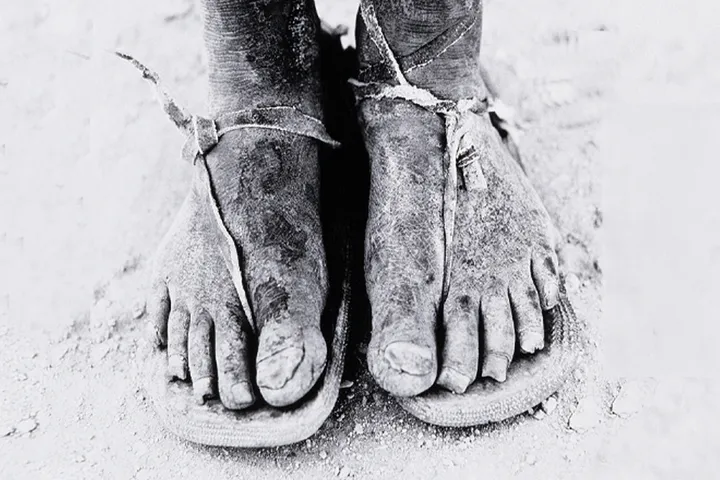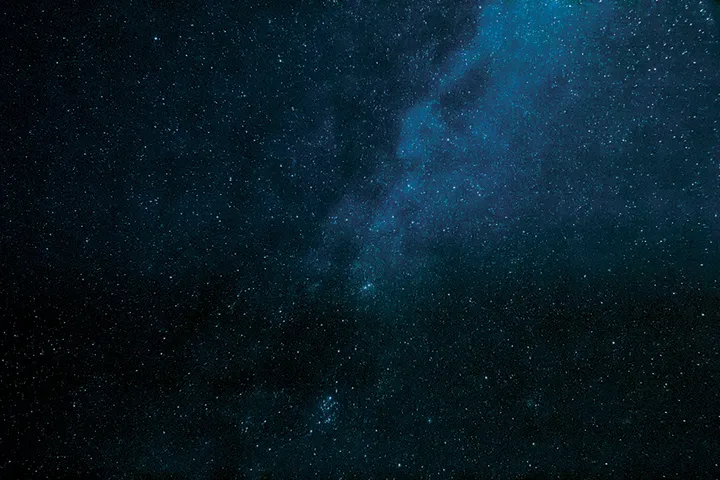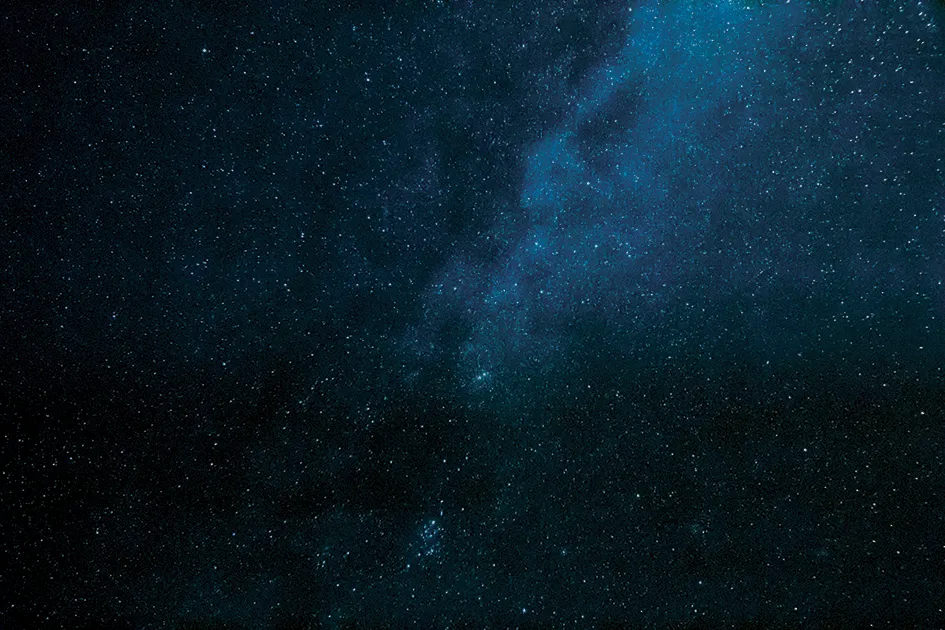
I grew up in Rhode Island, whose 1,214 square miles make it the smallest state in the Union. The moniker “Little Rhody” apparently didn’t do much for tourism, so in 1972 a new nickname was adopted: the “Ocean State.” It was an apt choice. The 37- x 48-mile parcel has more than 400 miles of coastline, which means Rhode Islanders all live within about half an hour from salt water. Beach is in our blood.
So something happens to me when I see a photo of the seashore: I smell salt air, hear waves lapping, and find myself transported—at times to a particular beach but often to a generic conflation of favorite spots—and always on a long walk, scanning the sands.
Treasures abound at the shoreline. Many can be gathered in a pocket or pail, like knobbed whelk shells, “mermaids’ necklaces,” and rocks in (believe it or not) every color of the rainbow. Then, of course, there’s the stunning array of wildlife—from “garden variety” hermit crabs and seagulls to the rarer finds, like sand dollars, ribbon worms, and the only scallop I’ve ever met, with its string of eyes like blue rhinestones.
God has left His unmistakable signature throughout creation so no one could miss the truth about Him.
Less conspicuous treasures also await beachcombers who don’t simply notice what is before them but also enjoy figuring out what has been there. I’m talking about impressions in the sand, indicating someone or something that left its mark before moving on. I like reconstructing scenarios based on clues—for example, a man walking his dog (large sneaker prints next to a sequence of paw marks); a mom pushing a stroller (medium sandal imprints within a couple of long unbroken lines); or children running happily between the water and their sandcastle (the remains of a moat not yet reclaimed by the tide). An ambling trail in a tidal flat could mean a moon snail in search of lunch. And Dr. Stanley’s photo of bird footprints in many directions makes me think a gull or two swooped down and lingered in an active way, possibly fighting over a scrap of food.
You can figure out a lot based on the evidence. And in fact, isn’t that exactly what we’re all supposed to do? God has left His unmistakable signature throughout creation so no one could miss the truth about Him. Romans 1:20 (NLT) says, “Ever since the world was created, people have seen the earth and sky. Through everything God made, they can clearly see his invisible qualities—his eternal power and divine nature. So they have no excuse for not knowing God.”
Maybe it’s time for you to take a walk on the beach.





